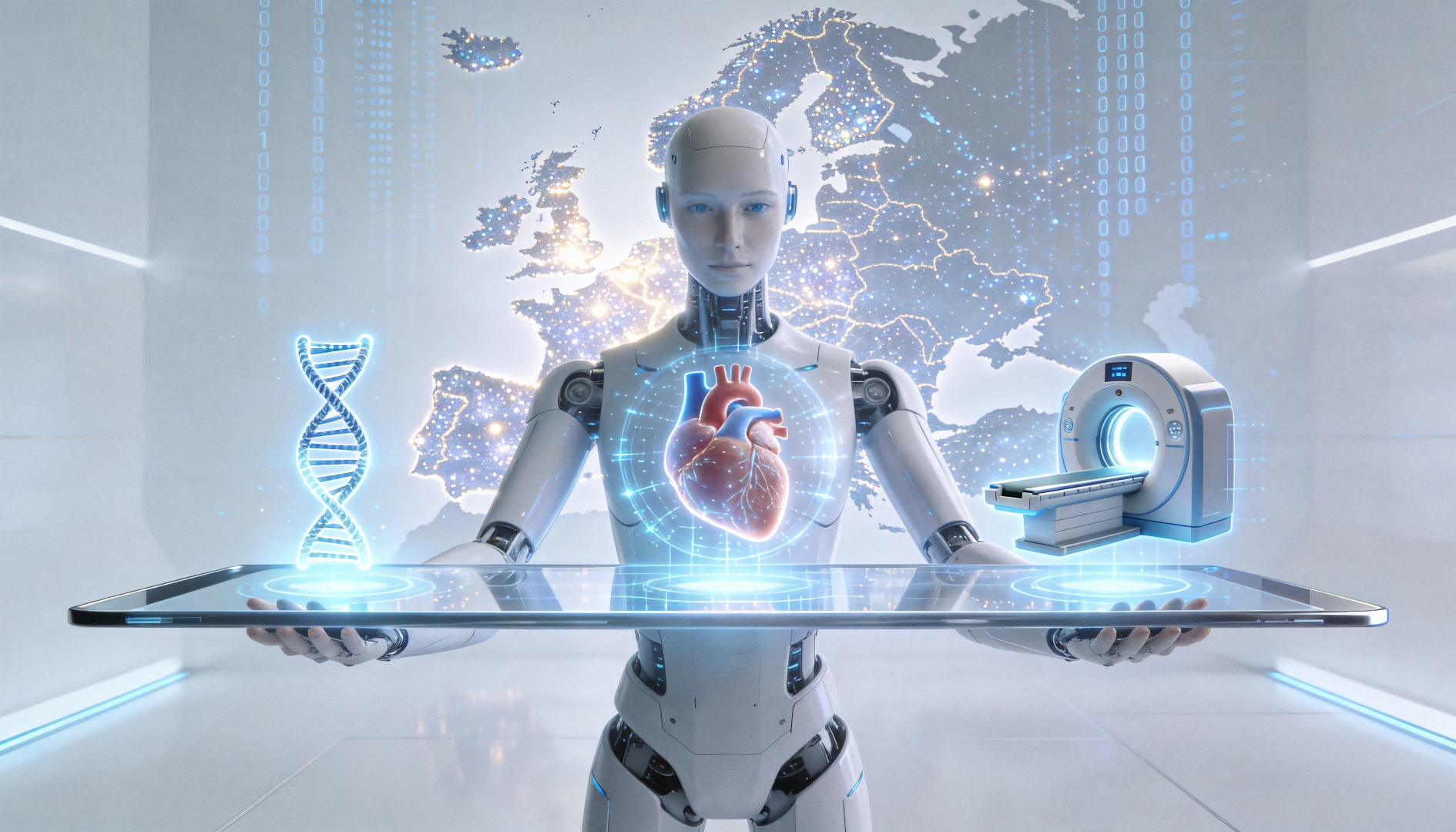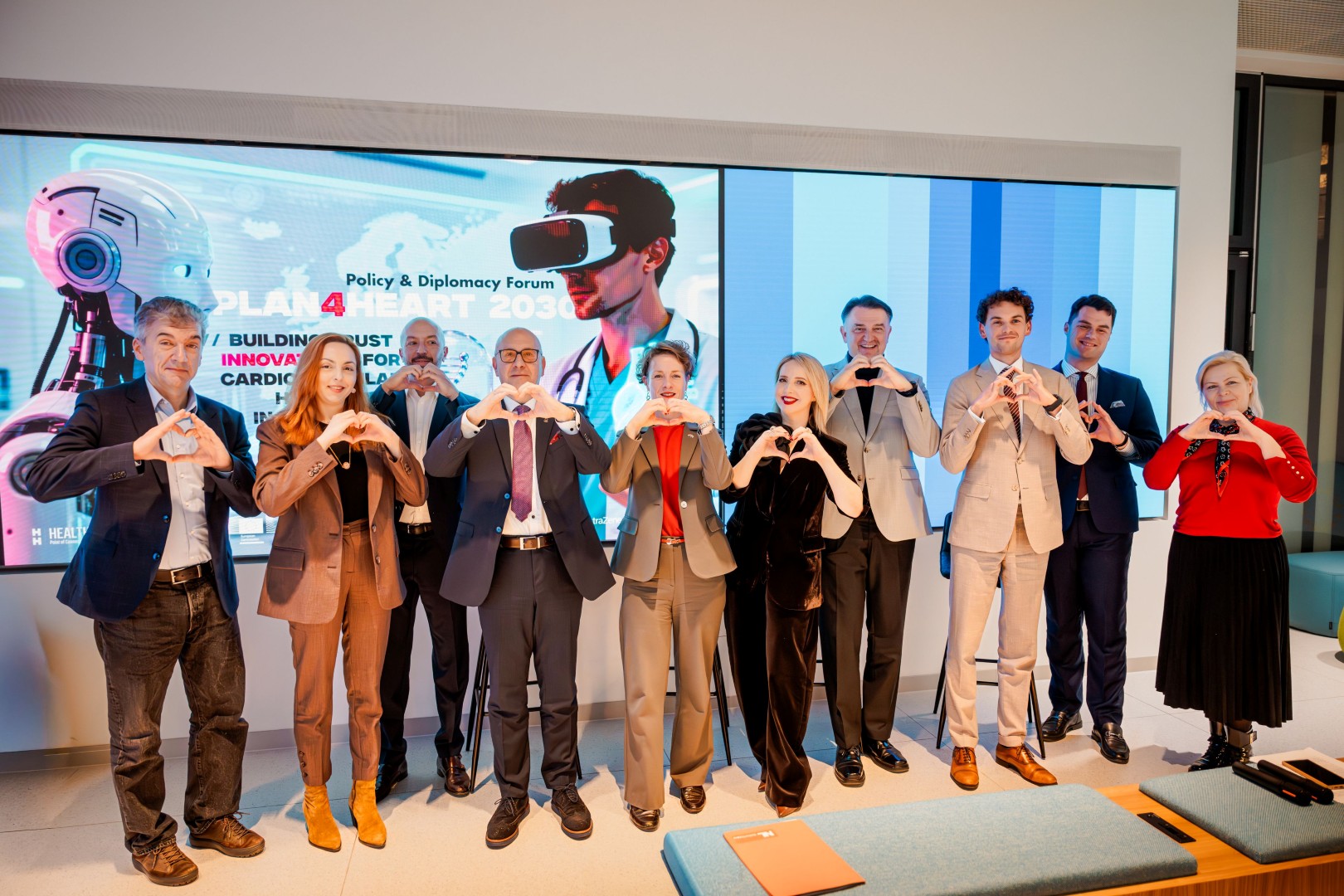Digital in Climate and Health (World Bank; Digital-In-Health: Unlocking the Value for Everyone)
overnments that have made progress in enhancing the health of their populations have applied digital technology to strengthen health systems, boost health financing, make public health more effective, and reach more underserved and vulnerable populations. It is becoming clear that the future of health care is embedded in technology and linked to innovations in data. No longer is digital health the purview solely of those who are curious about technology. Digital technology is at the core of efforts to strengthen health systems: digital-in-health.
The goal of World Bank’s flagship report „Digital-In-Health: Unlocking the Value for Everyone“ is to provide governments and other stakeholders with practical guidance on where to start, regardless of a country’s digital maturity or fiscal challenges. The World Bank remains ready to assist countries everywhere in reaching their full potential in the use of digital technologies to protect and accelerate the growth of human capital.
Health Hub, as a think tank, would like to give a heads-up on visionary observations and recommendations from this Report, this time related to digital-in-climate and health as a follow up of our Green Healthcare Policy Summit!

KEY CHALLENGES //
Climate change exhibited as increasing temperatures, more extreme weather events, increased droughts, flooding, sea-level rise, and wildfires impact human lives. A climate resilient health system can adapt to change, respond, and reduce vulnerabilities arising out of the myriad of health impacts and the rising toll of climatechange related deaths. Transformation of the current health system across the globe can happen if these challenges are addressed. The use of digital technologies that connect climate and health issues together under one platform is limited (WHO 2021b).
Photo by Freepik
CURRENT STATE OF PLAY //
There is a widespread use of infectious disease surveillance systems and related HISs in countries, but they are often not linked. There is a need to strengthen electronic integrated surveillance system for climate-sensitive diseases, such as dengue, heat-related illnesses, air pollution-related diseases, and nutritional deficiencies. Further advances in managing human health in the era of climate change will require information systems that capture, process, and communicate combined data on human, animal, and plant health.
Digital technologies and data also play a role in adaptive responses to both short-term shocks and long-term trends associated with climate change. Timely access to information (for instance, early warning, temperature and rainfall, agricultural advice) (for example, mobile devices, SMS, radio, social media) are crucial to respond and mitigate the impact of emergencies such as floods and drought, and for identifying pest and disease prevalence. Big data are being used to inform responses to humanitarian emergencies, as well as to generate new forms of citizen engagement and reporting (such as community-based maps of flood-prone areas) that can help to inform coping and adaptive responses.
During the pandemic, low-carbon and energy efficient contract tracing technologies were used in the form of smartphone Apps. There are also examples on the use of mobile applications including SMS messaging – for example the AirRater air pollution monitoring app supports individuals from asthma and draws upon the open data monitoring of wider air quality issues, such as traffic pollution and alerts to bush fire smoke incidents.

Photo by Freepik
FUTURE USES //
To address issues of climate and health, extensive adaptation and mitigation measures are needed; people – their health, connection, and well-being – need to be put at the heart of climate investment and action. Digital technologies and data can be used to support these people-centered climate investment goals in three ways:
- The role of the digital in reducing the climate and health knowledge gap: knowledge and analytics fundamental to effective action and the digital enabling this advance in new ways. For example, global climate monitoring and other environmental monitoring models can increase the available information by orders of magnitude between generations. These global data can be combined with better availability within countries through the digitalization of written records and expanding data collection through mobile technologies, both actively collected and meta data. This holds great promise of contributing to the use and availability of health data. Intelligent search and analytics can help more effectively scan environmental data and the related climate footprint or identify health trends caused by rising temperatures.
- Digital applications to quantify health sector contributions to the climate crisis: carbon footprint assessments are fundamental to understanding where action needs to happen. The sparsity of data is currently hampering this. Digital can provide information on data already available and how different approaches to the carbon footprint utilize information and the challenges inherent in this. Ultimately, the goal is to understand low carbon clinical pathways and public health services. This requires much better data. Digital health will also be key to reducing this impact— smart devices and so on—and improve efficiencies.
- Digital in climate and health action: this would cover the importance of digital in detecting risks (surveillance) and warning people) (early warning systems) and evaluating health responses to climate shocks. Digital can support both behavior change efforts, combat mis- and dis-information, and play a role in risk communication. It can also be used to support the use of data to integrate health and hydromet systems. Use of AI and sensing technologies based on machine learning can generate health related-data to predict vulnerabilities, for instance, smart sensors on wearable technology.
Digital technologies that minimize environmental damage, and reduce carbon footprint should be used as much as possible so that its use do not add to greenhouse gas emissions. There are many approaches to doing this through use of renewable energy sources (solar powered), use of energy star-certified energy efficient hardware, data centers, technology recycling (for example Recycle-Health collects used activity trackers and provides them to underserved populations), and e-cycling, digital temperance, green computing, use of repairable devices, responsible disposal and resource pooling between partners and stakeholders. Such approaches can reduce the global impact of electronic waste through circular economy, reduce electronic waste emissions and associated health risks and reduce carbon emissions. Other innovations, such as direct-to-client digital health services using mobile messaging, chatbots (can also be driven by AI), call centers, help desks, mobile applications, websites, and remote monitoring of patients are also important enablers of UHC and can reduce the carbon footprint of health systems by requiring fewer health facilities and reducing greenhouse gas emissions caused by travel-related fuel consumption and physical footprints.
The Green Guide for health care is an example of a sustainable design toolkit integrating environmental and health care principles and practices into facility planning, design, construction, operations, and maintenance. Additionally, new, and emerging technologies, such as green cloud computing (carbon neutral data processing) and virtualization (reduces physical number of services needed to store data by shifting the data to virtual servers), tiny machine learning, and compact AI (that reduce software size and power), greener IT solutions represent more sustainable ways of using technologies and ensuring that digital in health does not add to global health burdens. Such transformational investments today have the potential to shape tomorrow’s health care systems.
REFERENCES:
https://openknowledge.worldbank.org/entities/publication/06ffb4d1-a7c0-4563-9feb-f14fa8395e32







